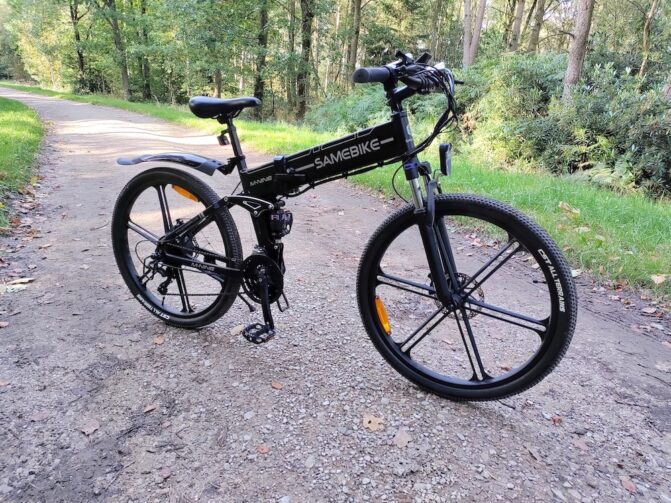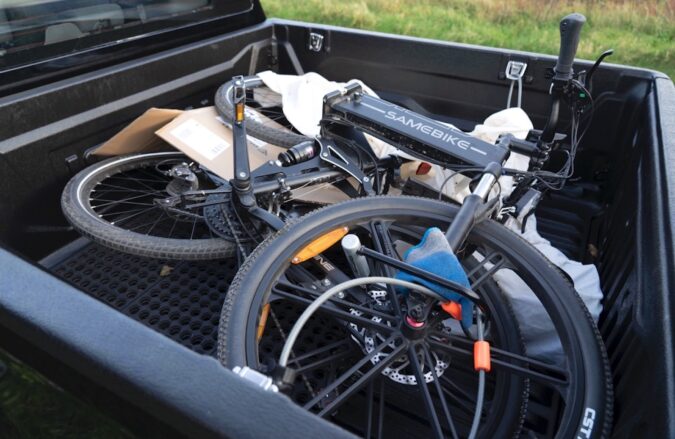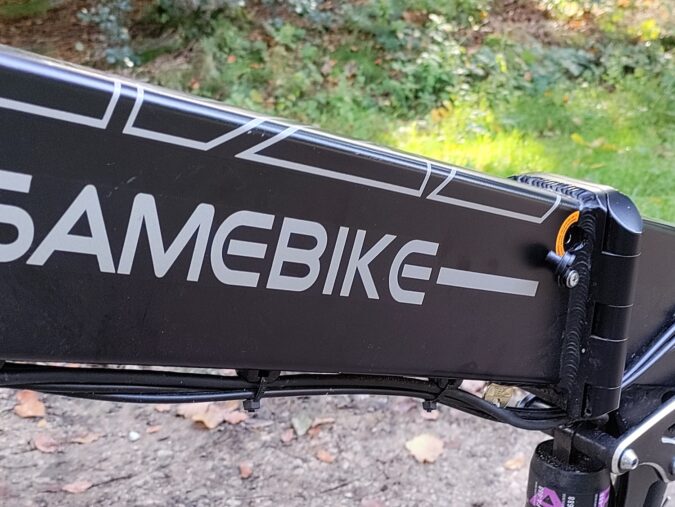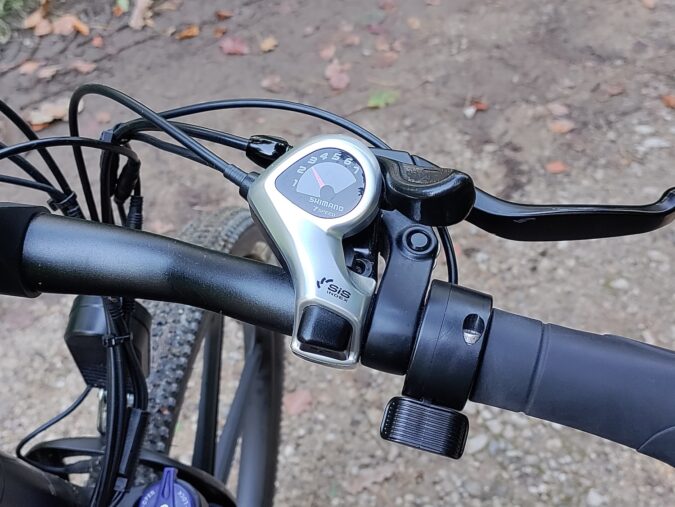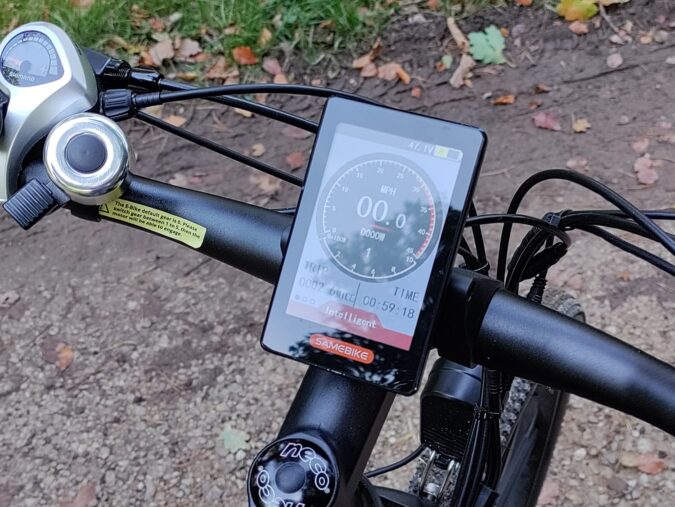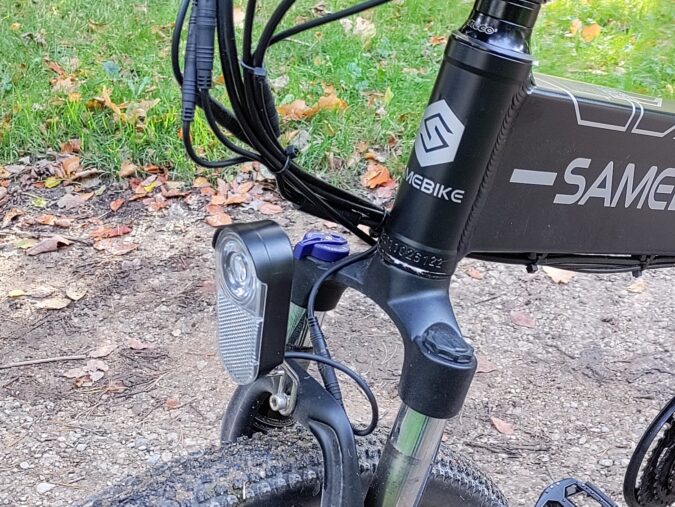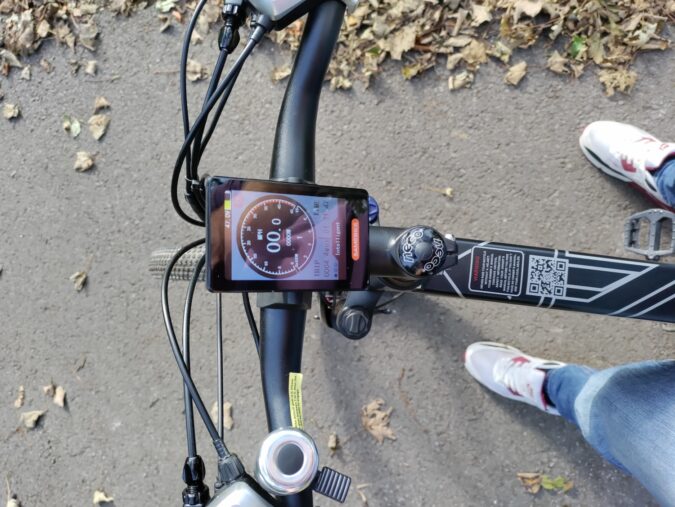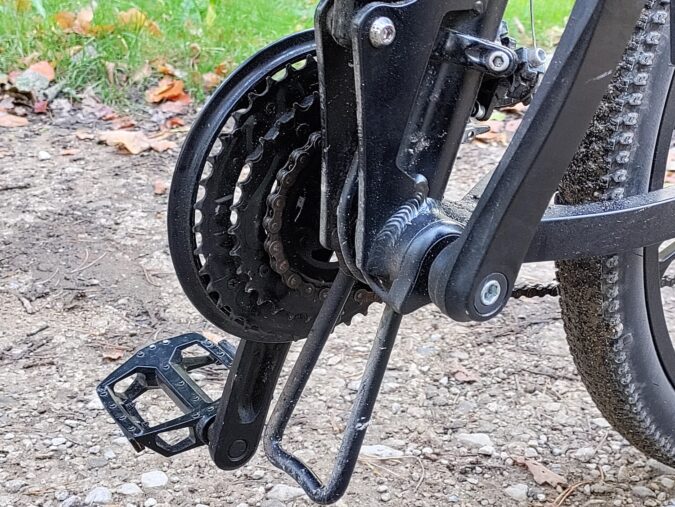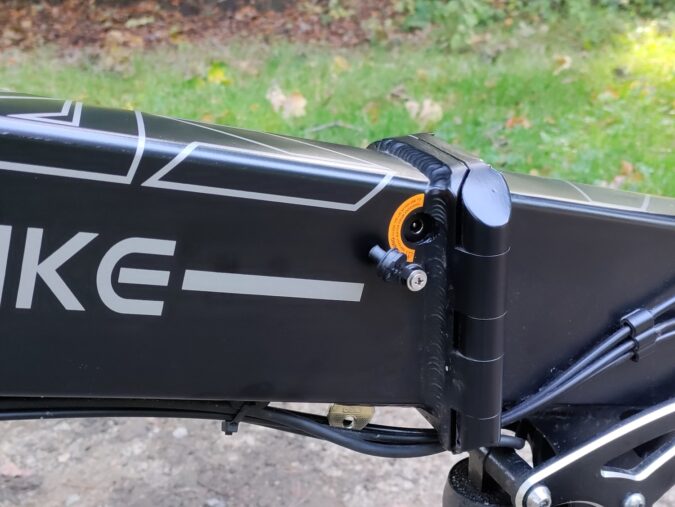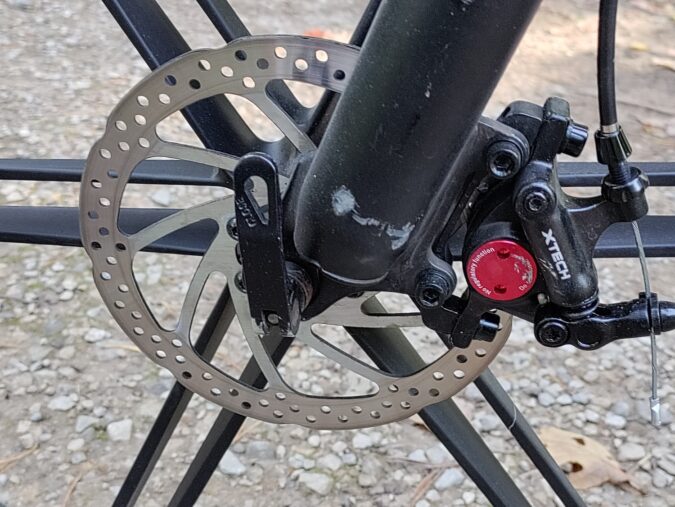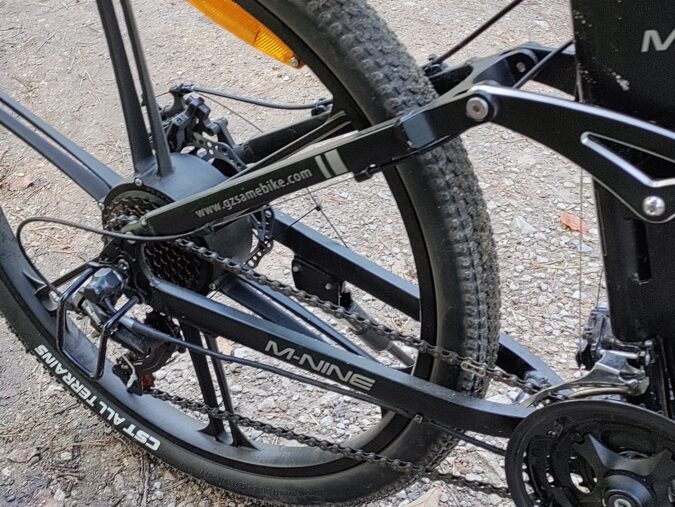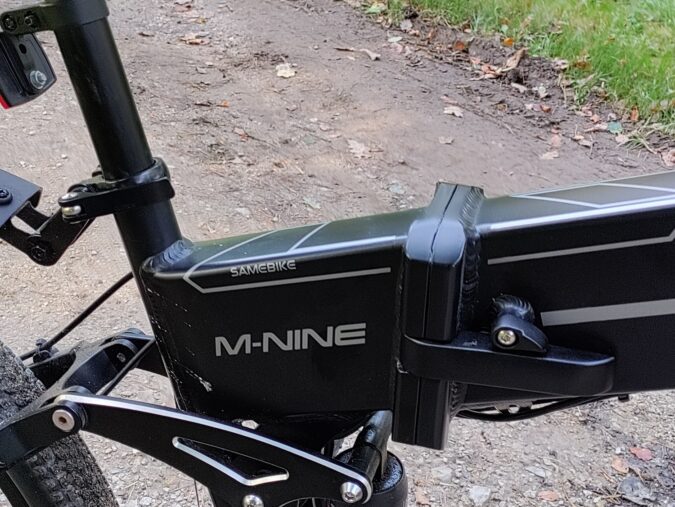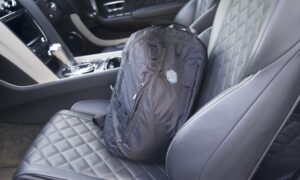With a growing demand for sustainable and pedestrian-friendly urban mobility that can comfortably be a good alternative to driving around in gas-guzzling cars, e-bikes have risen to prominence. With their fairly compact form factor, and combining the accessibility of a bicycle with the convenience and performance of electrified powertrains, the Samebike LO26-II aims to breach the market with its affordable pricing.
This is a rather contentious issue with electric bikes, as most people would happily trade in an old-school pedal bike for a more effortless e-bike. However, the high cost of entry for an e-bike – which, for a decent example, is at least £1,000 or more – has always been an impassable barrier to entry for a lot of would-be e-bike users. So, could Samebike and its LO26-II e-bike break this trend with its attractive price point?
Unorthodox Yet Well-Thought-Out Design
The first thing you may notice with the Samebike LO26-II is its looks. It has a peculiar design compared to a lot of other bicycles and e-bikes, as it lacks the typical triangular frame you normally see. Instead, it has a rectangular and squared-off chassis. This is where the battery is hidden, and you would’ve also noticed the metal key underneath the frame. That’s where you turn the electric systems on and off.
Other than that, there’s a good reason behind this design, and that’s because the Samebike LO26-II could fold in half. It’s a clever bit of engineering that makes it far easier to store the bike when you’re not using it, or if you’re packing it up into the boot of your car. Alternatively, it’s also a boon for those who want to board public transportation with it, as transporting the Samebike LO26-II around is a breeze.
It also helps that its lightweight aluminium alloy chassis only weighs around 29kg, despite it being able to support a respectable 150kg payload. Granted, there are plenty of e-bikes that could fold in half or fold in some way. Although, when looking at the Samebike LO26-II, there aren’t plenty of e-bikes on the market with this form factor and price point that could fold the frame in half, so that’s rather nice to see.
As the title up above suggests, the LO26-II features a 48V 500W electric motor. You could modulate that power using the throttle controls on the right-hand side of the handlebar. The latter is also comfortably within reach of the Shimano gear selector. If you need to monitor how much power you’re using, there’s a display in the middle, where you could check on simple telemetry data as you’re riding along.
A Good Amount Of Power Under The Hood
There, you could see your trip meter and timer, current speed, as well as the remaining battery charge or your battery usage, among other little details such as warning lights and the headlight indicator. Though, if you’re feeling the need for speed and want to crank up all that horsepower, the Samebike LO26-II could max out at a top speed of 35km/h. Or, around 21.7mph, which is about on par with other e-bikes.
Remember that different countries around the world have differing speed limits for e-bikes, and you can set a maximum speed limit on that display in the middle. Being an e-bike, the LO26-II is pretty effortless to get going and up to speed in a jiffy, courtesy of the 500W electric motor providing an electrified boost and assist. Overall performance isn’t mind-blowing, but it’s a nice amount of power for commutes.
The downside with the Samebike LO26-II is that just like most other e-bikes, once you do run out of power, the pedal does get rather heavy. As such, trying to pedal it along might require some hefty calf muscles, or more so if you’re pushing it to its max incline of 35 degrees. On the topic of riding and commuting with the Samebike LO26-II, on the left-hand side of the handlebar, you’ll find its drive mode selector.
There are 4 drive modes, all determining how much electric assist and boost you want. Bear in mind, that more potent assists will come at the expense of greater battery usage.
Numerous Drive Modes For Every Situation
The electric range of the Samebike LO26-II is rather decent, too.
Its primary power source is a 480Wh (10Ah) lithium-ion battery pack, and it’ll easily do around or at least 20 miles or so in its pure-electric mode, under modest circumstances. Although, Samebike claims that in a more hardcore hypermiling scenario and with an economical drive mode selected, it could manage about 40 miles of range. It’s worth mentioning that battery range has numerous variables at play.
It would vary depending on how hard you’re pushing it, as well as other factors to take into account, such as the terrain that you’re riding on or how much pedalling you’re doing. In my testing, under more intense stress-testing scenarios, I could still get at least 15 miles out of it, which is still pretty good. Charging your Samebike LO26-II from near-empty to a near-enough-full charge will take between 4 to 6 hours.
On the subject of charging, you can top up the battery by plugging in a laptop-like adapter into its charge port on the side of the frame. Be wary, however, as the power brick does get quite hot after a long charge cycle. At the very least, you won’t feel as uncomfortable when riding the Samebike LO26-II. Its ride quality and comfort were decently good, and the suspension works well to dampen the road underneath.
But, Is It Great Value For The Money?
What isn’t as good, unfortunately, is the brakes. Therefore, before taking into account the price of buying the LO26-II, it’s worthwhile setting aside some extra funds for supporting modifications. Among the mods that are critical to improve your experience, is upgrading to new brake callipers and brake discs, like what I did to mine. The default brakes don’t just brake poorly, but they also emit unpleasant brake screeching noises.
Apparently, this is quite a common upgrade among others who’ve owned the LO26-II, by swapping out its front and rear brakes for better ones. Another consideration aside from the bad from-the-factory braking performance is the build quality of the Samebike LO26-II. There is some rattling and looseness that I’ve felt while riding it during my testing, and it’s quite a common flaw, as noted by other reviewers and current owners.
To be fair, for a budget e-bike like this, some corner-cutting is to be expected, and at the very least, it has performed reliably overall throughout my time with it. So, how much does it cost, then? Well, Samebike’s store page has the LO26-II for an MSRP of £866. At the time of writing, they also have a coupon that may save you an additional £30. This is a really attractive and competitive price point amongst other e-bikes.
Nonetheless, in the 600 or so miles that I’ve experienced it first-hand, there are certainly some downsides that were noticed when shopping around for cheaper e-bikes. As I mentioned earlier, there’s the shocking brake performance, as well as the budget build quality. However, when looking at its battery range, performance and feature set, as well as overall capability and practical design, it’s a highly compelling entry-level proposition.

